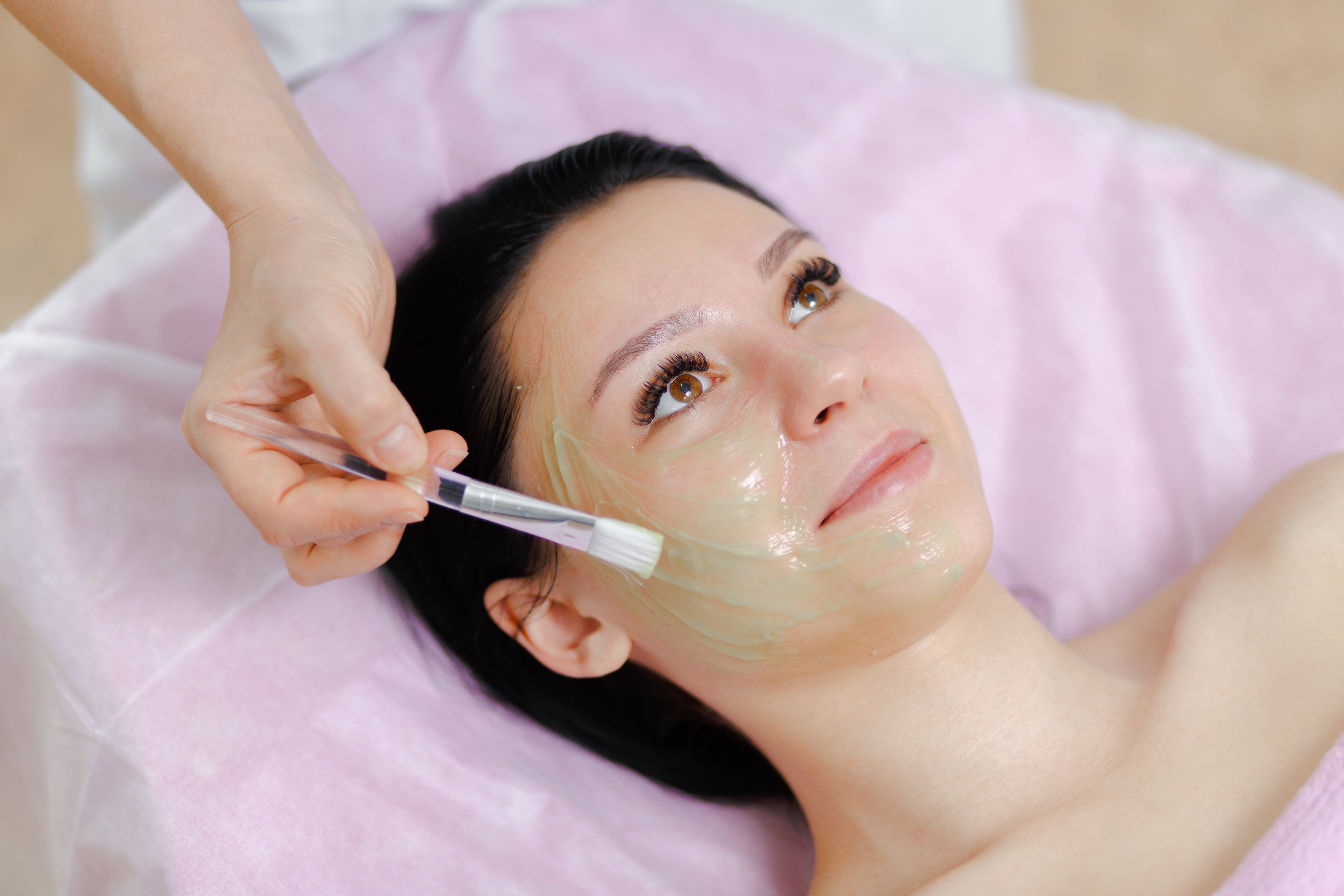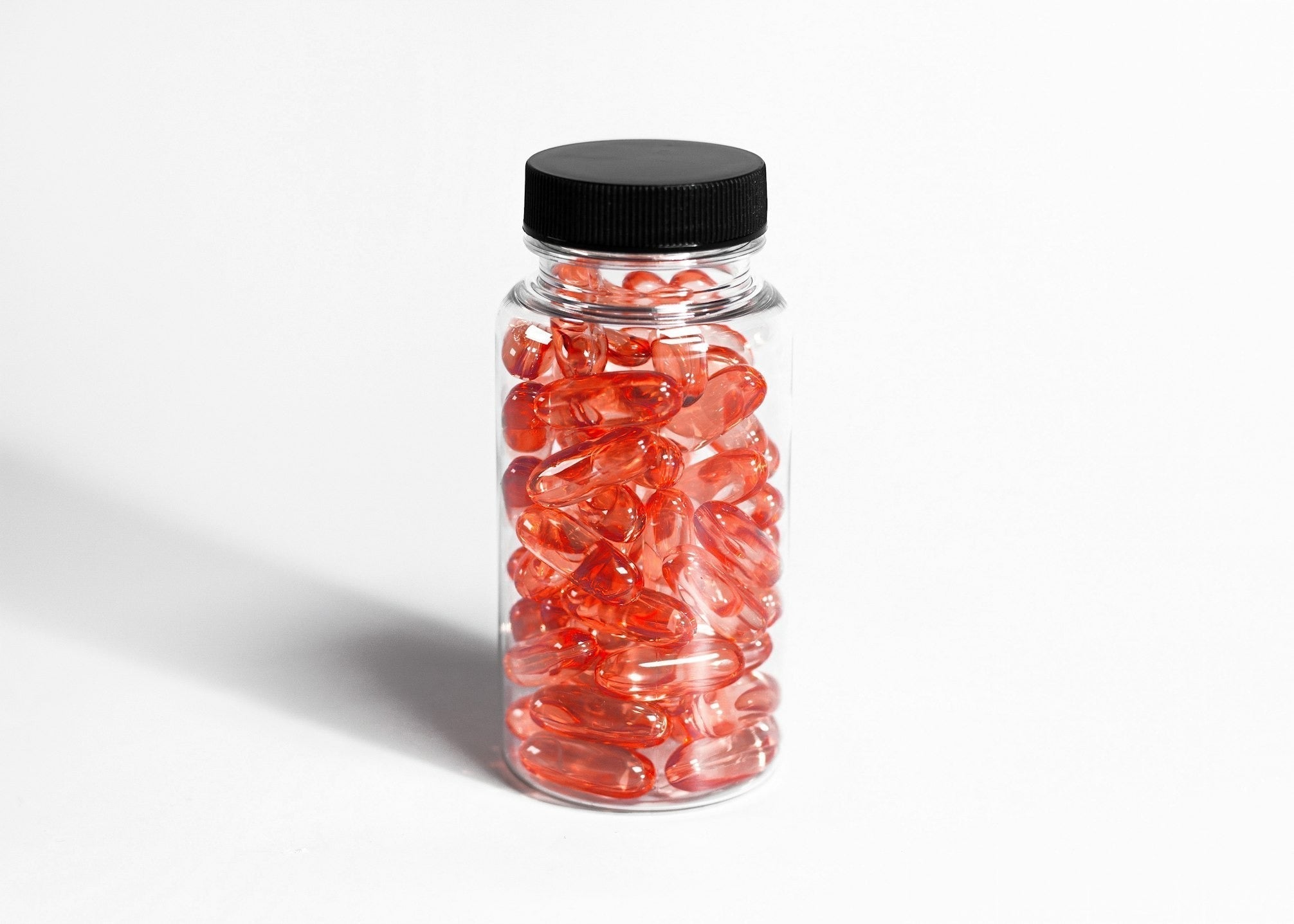Importance of Regular Skin Peels and How Often Should You Get One

Regular chemical peel treatments can rejuvenate your skin, improve tone and texture, and resolve various skin concerns. But how often should you get a chemical peel to achieve optimal results without compromising safety? This guide dives deep into everything you need to know about skin peels, how often you should get them, their benefits, and how to incorporate them into your skincare routine for radiant, healthy skin.
What Are Skin Peels?
Skin peels, also known as chemical peels, are professional skincare treatments where a chemical solution is applied to the skin to exfoliate and remove dead skin cells. This process encourages cell turnover and reveals smoother, younger-looking skin underneath. Depending on the peel's strength, it can target surface issues or penetrate deeper layers for more advanced skin concerns.
Light vs. Deep Skin Peels
Light Peels
Light peels are gentle treatments that address surface-level issues such as dullness, uneven skin tone, and fine lines. They typically use alpha hydroxy acids (AHAs) or beta hydroxy acids (BHAs) and require minimal downtime.

Learn if Skin to Heart's BioRePeel is right for you
Deep Skin Peels
Deep peels, on the other hand, are more intensive and penetrate deeper layers of the skin. These peels tackle severe concerns like deep wrinkles, scars, and significant discoloration. They often require more downtime and should only be performed by trained professionals.

Get a consultation for Skin to Heart's Cosmo Peel
Skin Concerns Targeted by Chemical Peels
Chemical peels are versatile treatments that can address a variety of skin concerns, including:
Fine Lines and Wrinkles

Chemical peels work by exfoliating the outer layers of the skin, removing dead skin cells and stimulating the skin's natural regeneration process. This triggers the production of collagen, a protein essential for maintaining skin elasticity and firmness. By boosting collagen levels, chemical peels help to plump the skin, smooth out fine lines, and reduce the depth of wrinkles, resulting in a more youthful and refreshed appearance over time.
Hyperpigmentation (Dark Spots, Sun Damage, Melasma)
Dark spots, sun damage, and melasma are caused by excess melanin production, often triggered by sun exposure or hormonal changes. Chemical peels target these pigmentation irregularities by breaking them down at a cellular level. This helps even out skin tone, reduce discoloration, and restore a brighter, more uniform complexion.
Read more: Hyperpigmentation vs Melasma
Acne and Acne Scarring

Acne forms when pores become clogged with oil, bacteria, and dead skin cells. Chemical peels provide gentle exfoliation to clear out these blockages, preventing future breakouts. Over time, peels also help fade acne scars by promoting cell turnover, leaving behind healthier, smoother skin.
Uneven Skin Tone
Uneven skin tone can be caused by factors like prolonged sun exposure, redness, or post-inflammatory hyperpigmentation. Chemical peels help rejuvenate the skin by shedding its damaged outer layers, revealing a more balanced, radiant complexion underneath. Regular treatments can significantly improve skin tone clarity.
Rough Skin Texture

Rough, uneven skin texture can leave skin looking dull and feeling less smooth. Chemical peels effectively remove dead skin cells and dry patches, smoothing out rough areas and leaving your skin feeling soft, supple, and refreshed.
Enlarged Pores
Enlarged pores can make your skin appear rough and uneven, often caused by a buildup of oils and debris. Chemical peels work by deeply cleansing and exfoliating the skin, removing pore-clogging substances. This minimises the appearance of pores, making them look smaller and less noticeable.
Dull or Lackluster Skin

Dull skin can result from fatigue, poor circulation, and the buildup of dead skin cells. Chemical peels exfoliate the skin’s surface, improving cell turnover and reviving a healthy, natural glow. Give your skin the radiance it deserves by incorporating peels into your skincare routine. For more tips, check out these our blog on remedies for dull skin.
How Often Should You Get Skin Peel Treatments?
Light Skin Peels
Light peels can be done every 3-4 weeks, depending on your skin type and concerns. Frequent treatments help maintain consistent results.
Deep Skin Peels
Deep peels should only be done once every 6-12 months. Due to their intensity, your skin needs significant time to heal and regenerate.
Do Chemical Peels Hurt?
Pain levels depend on the type of peel. Light peels often cause mild tingling or stinging, while deep peels can feel more intense. However, professionals use a variety of techniques to minimise discomfort during the procedure. These may include applying numbing creams or local anesthetics to desensitise the area, using gentle and precise tools to reduce irritation, and maintaining clear communication with the individual to ensure they feel at ease. Additionally, they may adjust their methods based on the person's pain tolerance or provide tips for relaxation to make the experience as comfortable as possible.
Downtime for Skin Peels
Downtime varies. Light peels usually require no downtime, while medium and deep peels may need 1-2 weeks for full recovery. Plan your treatments accordingly to match your schedule.
Burn Symptoms from Peel Facials to Watch Out For
Though rare, chemical peels can sometimes cause side effects. Here are symptoms to watch for:
Excessive Redness
It’s normal to experience some redness after a skin treatment, but if the redness is excessive or lasts longer than expected, it could indicate irritation or an adverse reaction. This may mean your skin is overly sensitive to the treatment, and you should consult a dermatologist to ensure proper healing.
Blistering or Swelling
Blistering or noticeable swelling are clear signs that your skin is reacting poorly to the treatment. These symptoms should not be ignored, as they can lead to further complications if left untreated. Address these issues immediately by consulting a skincare professional or medical provider.
Pain or Tenderness
A little discomfort is common after a peel, but if you experience prolonged pain or tenderness, it might indicate that your skin isn’t healing properly. This could mean the treatment was too harsh, or your skin may require additional care to recover.
Peeling or Flaking That’s Too Severe
Peeling and flaking are normal parts of the healing process, especially with chemical peels. However, if the peeling is too severe, it can damage the skin's surface, potentially leading to scarring or long-term issues. Using moisturizer and following aftercare instructions can help manage this, but excessive flaking should be addressed by a professional.
Discoloration or Darkening of Skin
Temporary discoloration, known as post-inflammatory hyperpigmentation, is a possible side effect of certain treatments. While this can fade over time, it’s important to protect your skin from sun exposure and follow a proper skincare routine to help even out the skin tone. If the discoloration persists, seek advice from a dermatologist.
Crusting or Scabbing
Crusting or scabbing may occur with deeper peels or certain treatments. While these should heal naturally over time, it’s important not to pick at them, as this can lead to scarring. Keeping the area clean and moisturised can aid the healing process.
Pus or Fluid Discharge
The presence of pus or fluid discharge is a red flag indicating infection. This requires immediate medical attention, as untreated infections can worsen and lead to more serious complications. Be sure to follow your healthcare provider’s guidance to avoid further issues.
Persistent Irritation or Itching
It’s normal to experience some irritation or itching as the skin heals, but if these symptoms persist, it could mean the treatment was too strong for your skin type. Consult with a dermatologist to assess the situation and determine the best course of action.
Chemical Peel Aftercare Tips
Proper aftercare is essential to maximise results and prevent complications. Follow these tips:
Avoid Sun Exposure
Peels make your skin more sensitive to sunlight, so stay out of the sun or wear a hat.
Moisturise Regularly
Use a gentle, hydrating moisturiser to keep your skin nourished.
Use Gentle Skin Care Products
Stick to non-irritating products while your skin heals.
Avoid Scratching or Picking at Skin
Let your skin peel naturally to avoid scarring or infections.
Skip the Exfoliants
Skip exfoliants during recovery to protect your skin barrier.
Stay Hydrated
Drinking plenty of water supports skin healing from within.
Avoid Hot Showers and Saunas
Heat can irritate freshly peeled skin—stick to lukewarm water.
Use Sunscreen Daily
Protect your skin with a broad-spectrum SPF of at least 30.
For more tips on sun protection, explore treatments for sun pigmentation.
Reveal Radiant Skin with Expert Peels at Skin to Heart
Transform your skin with Skin to Heart’s expertly crafted chemical peels. Whether you’re looking to smooth fine lines, brighten dull skin, or fade stubborn acne scars and pigmentation, our tailored treatments are designed to rejuvenate and restore your natural glow. Backed by science and delivered with care, we ensure every peel is safe, effective, and suited to your skin’s unique needs. Experience radiant, healthy skin—book your consultation today and let Skin to Heart guide you toward the complexion you’ve always dreamed of!
0 comments

